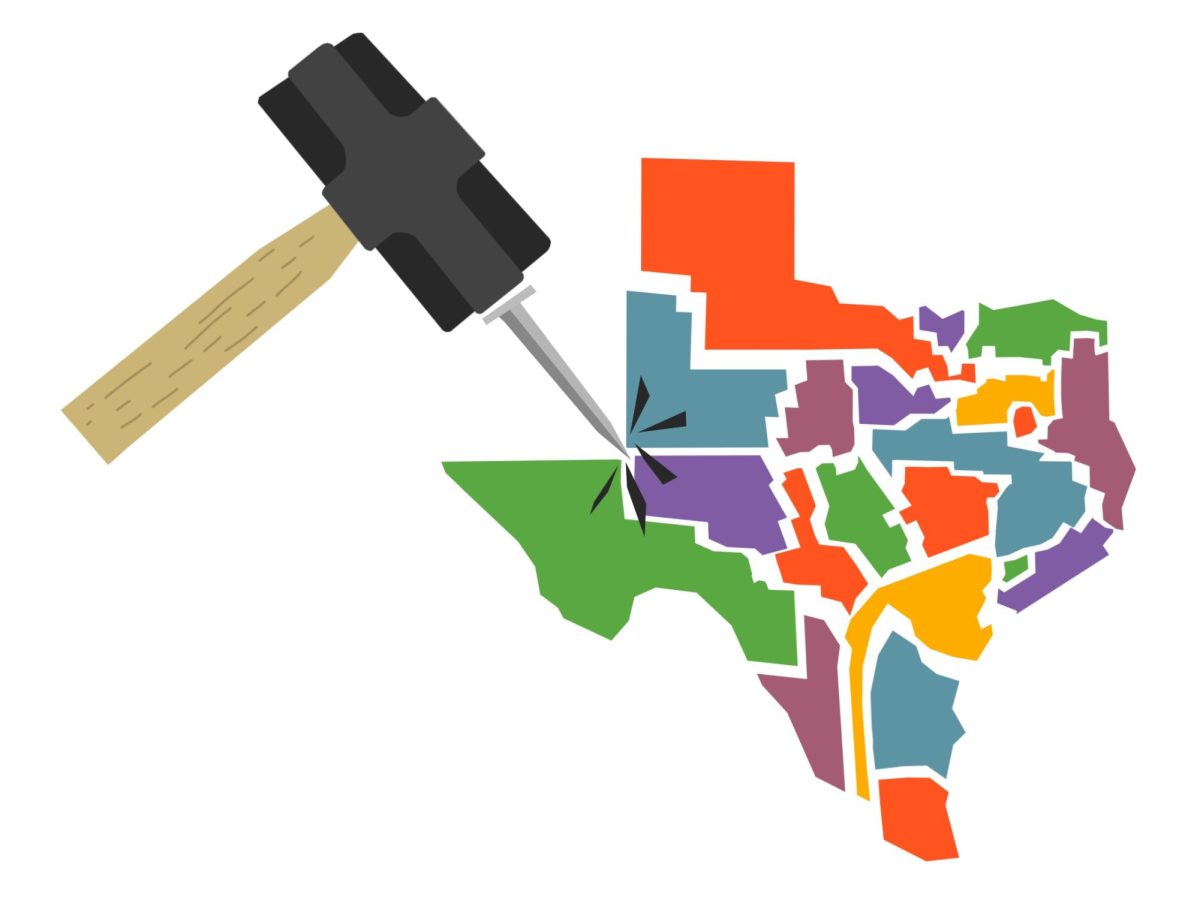In the modeling world, it seems like every woman is a giraffe: tall, slender and impossibly good looking. In actuality, the women who inhabit the real world are more than just giraffes. Average women are more like rhinoceroses, or flamingos or perhaps they cannot be confined to these standards. The modeling industry has done a remarkably poor job representing the majority of the population. One agency, though, is trying to change that.

IMG Modeling, the world’s top modeling agency, famous for signing Chanel Iman and Gisele Bundchen, has recently announced that they plan to begin casting models regardless of age, race or weight, which would be a step towards an all-inclusive and representative industry.
Ivan Bart, senior vice president and managing director at IMG, said in an interview with Cosmopolitan, “I feel like the consumer wants to see themselves. … Where is the average consumer represented from a size 2 to 10?”
IMG is stripping the industry of labels such as “plus-sized” by casting models who perform the best, be it on runway, in campaigns or in catalogues. At most companies, plus-sized and regular models are kept on separate lists, but Bart says IMG will no longer segregate them.
The real challenge will be for clients to cast these diverse models. Kate Moss was once the epitome of the perfect white, size zero, heroin chic model. This kind of model would no longer be the norm, and a rejection of that concept of beauty will be healthier for all of us.
Of course, it is certainly not just a size issue. Minorities are also underrepresented in the modeling industry, with only a few names like Iman and Tyra Banks able to break this glass ceiling. At Fashion Week, about 80 percent of the working models are white, and many European companies like Dior and Céline often have no black models wearing their collections.
Former supermodel and casting director Bethann Hardison penned an open letter to the fashion industry criticizing the lack of black models: “Eyes are on an industry that season after season watches design houses consistently use one or no models of color. No matter the intention, the result is racism.”
Facing the accusations, the fashion industry appeared for a time to be committed to making a change. In 2008, the president of the Council of Fashion Designers of America, Diane Von Furstenberg, advocated for increased casting of minorities among member clients, and prominent fashion magazine Vogue Italia published an issue of all black models. Since then, however, diversity in modeling has come to a standstill.
Black model Jourdan Dunn, once the cover model of the Vogue Italia issue, complained in an interview with Net-a-Porter’s online magazine, The Edit, that she’s encountered many clients who tell her, “We don’t want another black girl.” Despite being named Harper Bazaar’s model of the year, Dunn continues to face prejudice. In 2013, she tweeted that she was cancelled from a Dior fashion show because of her skin color. That a top model may be denied casting or cut from a show due to her race reminds me of a supposedly bygone era.
IMG’s initiative, though criticized as drastic, is long overdue. When clients only employ white, thin models, they imply that their idea of beauty is likewise white and thin, which dramatically affects the self-esteem of young girls and boys.
The modeling industry may be a jungle, but it is time for them to stop representing only the giraffes.







